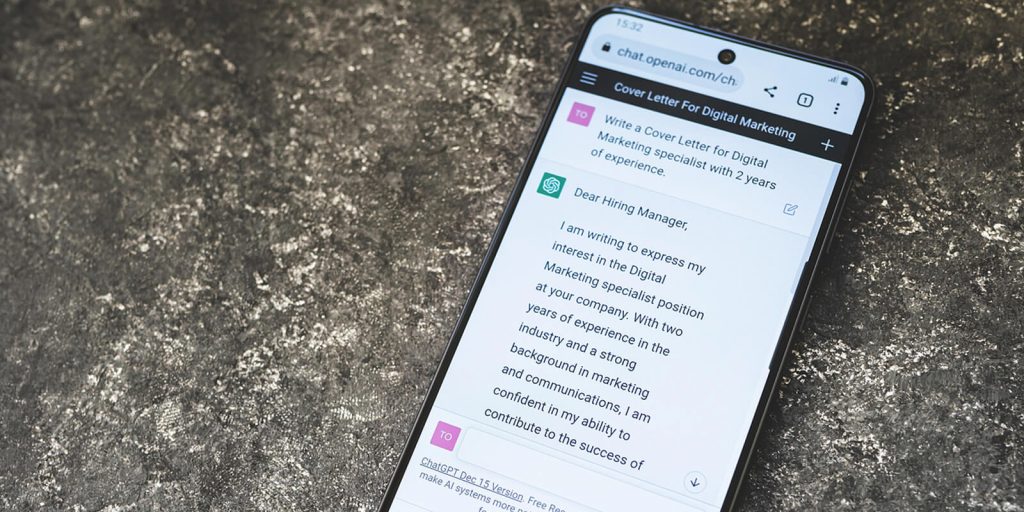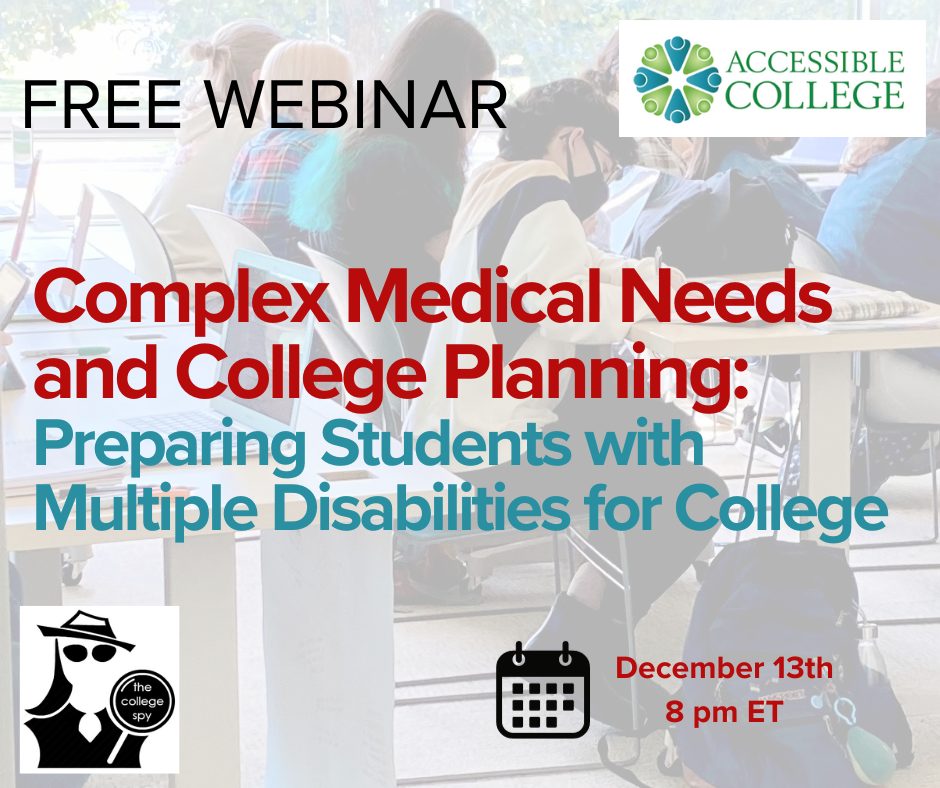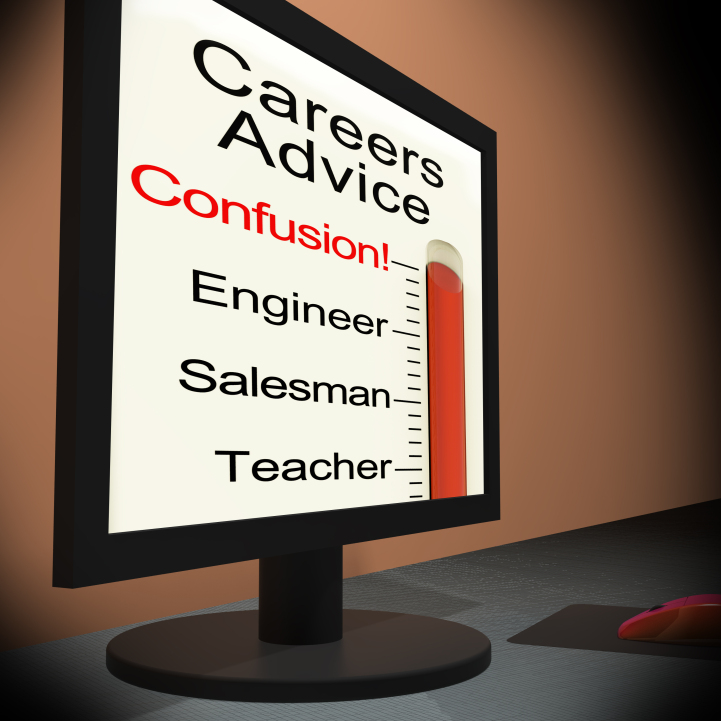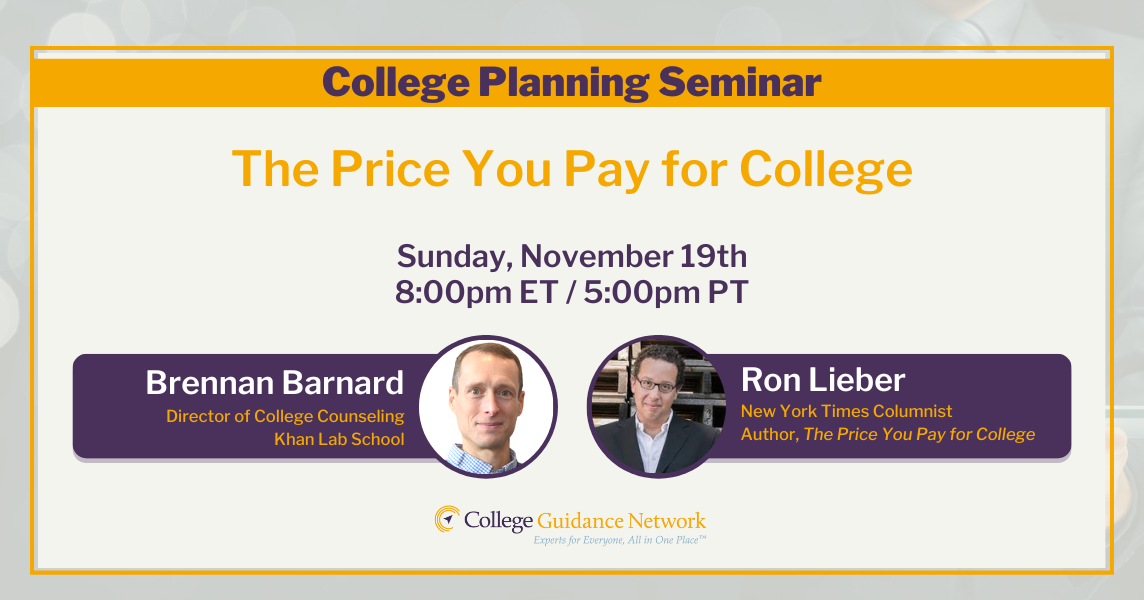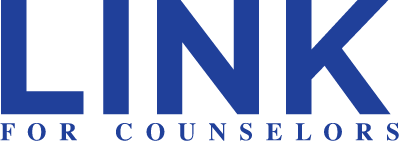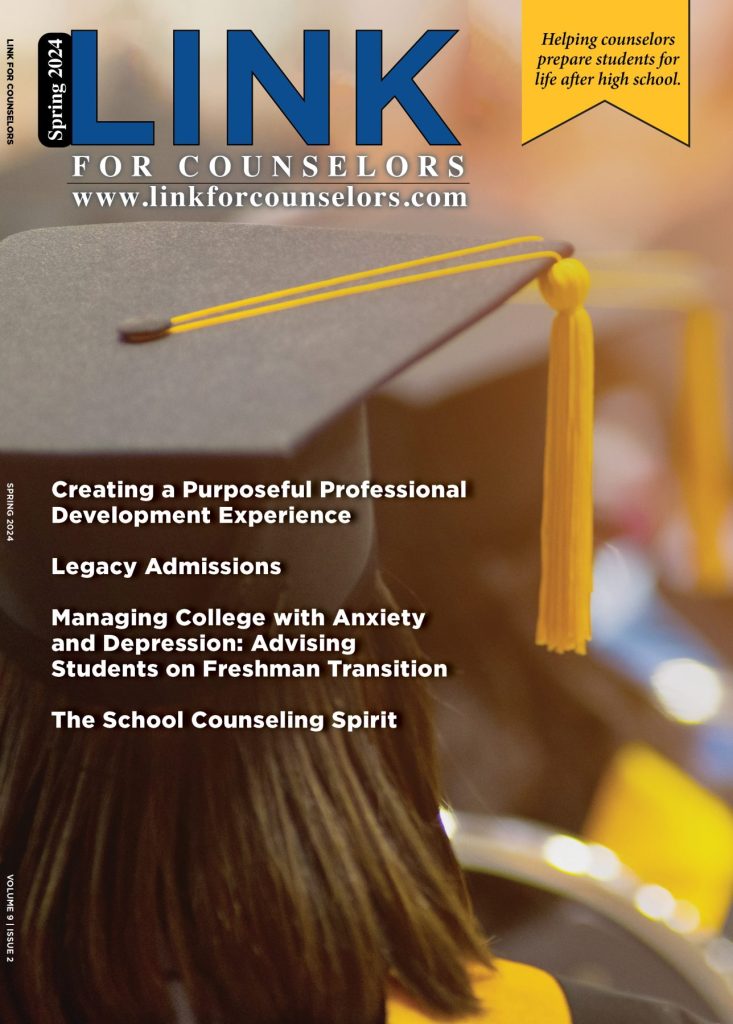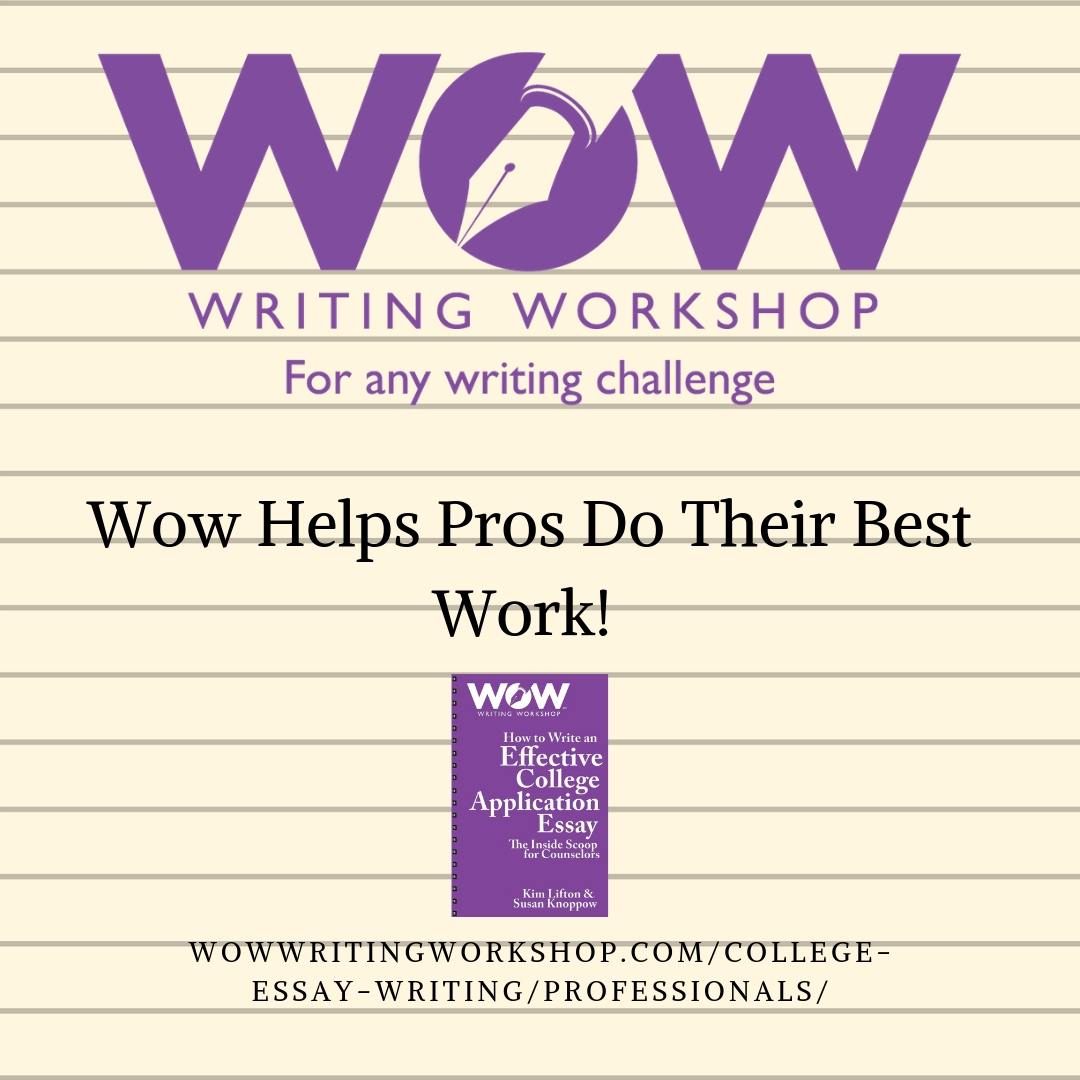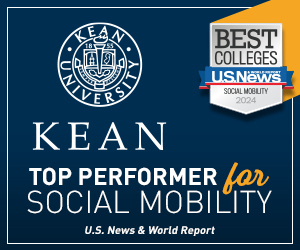Early Decision 2 – still an option
Notifications for Early Decision (ED), Restricted Early Decision (RED), and Single Choice Early Action (SCEA) will be delivered within the next two weeks. This year, as in previous years, there will be many more tears than fist-bumps.
Here are some of the staggeringly competitive numbers of the ED applicant pool from Princeton Review’s Best 389 College & Universities – 2024 edition: Brown University – ED (www.brown.edu), 6,146 applied, 15 percent accepted; Columbia University – ED (www.columbia.edu), 6,299 applied, 12 percent accepted; Duke University – ED (www.duke.edu); 4,070 applied, 22 percent accepted; Vanderbilt University – ED (www.vanderbilt.edu), 5,044 applied, 18 percent accepted.
Students who were rejected or deferred will find themselves in phase two of their application process. Many will examine their lists more closely to reevaluate their thoughts on which schools are “reaches,” “targets,” and “safeties.”
There is a relatively new wrinkle in college admissions is an admissions program called Early Decision II (ED II). Traditional ED programs have a November 1 deadline and a December notification. ED II deadlines are typically January 1 with notification by mid-February. This extra time allows students who were deferred or rejected from their first choice school to apply with a binding decision, and perhaps a boosted opportunity to another college.
According to my latest research, 75+ colleges and universities offer ED II including: Emory University (www.emory.edu); Boston University (www.bu.edu); Tufts University (www.tufts.edu); Davidson College (www.davidson.edu) ; and Vanderbilt (www.vanderbilt.edu) . For a complete list visit:https://www.collegetransitions.com/blog/early-decision-ii/.
Benefits of ED II
ED II allows students more time to prepare their strongest application. That may mean rewriting their Common Application essay or refining their supplemental prompts or it may mean another chance to take the standardized tests. ED II also gives students with strong performance in their first semester senior year another quarter or semester of grades to share with colleges. According to Sally Rubenstone, Senior Advisor at College Confidential (www.collegeconfidential.com) “Applying Early Decision does give students a bit of an admissions-odds boost at most colleges. Admission folks are usually willing to lock in strong-but-not-spectacular candidates whom they know will show up in September.”
Why do colleges offer an ED II program option?
Colleges really like Early Decision I and Early Decision II because accepted students are committed to attend, and that increases their yield numbers and the yield number impacts their rankings. Additionally, it helps the admissions office shape the class by allowing them to be pickier with the regular decision applicants. As an example, if a student’s big advantage is that they play the oboe and that was a hole the admissions office filled with an ED I or II applicant, it will be more challenging for that student to be accepted in regular decision.
Potential Disadvantages
Rubenstone also shares that “there can be some financial disadvantages to applying ED in any round because an affirmative decision will eliminate your chance to compare multiple aid packages. But, on the other hand, if an ED school does not offer reasonable aid then it’s okay to wheedle out of the so-called “binding” commitment.”
Lee Bierer is an independent college adviser based in Charlotte. Send questions to: lee@bierercollegeconsulting.com; www.bierercollegeconsulting.com

